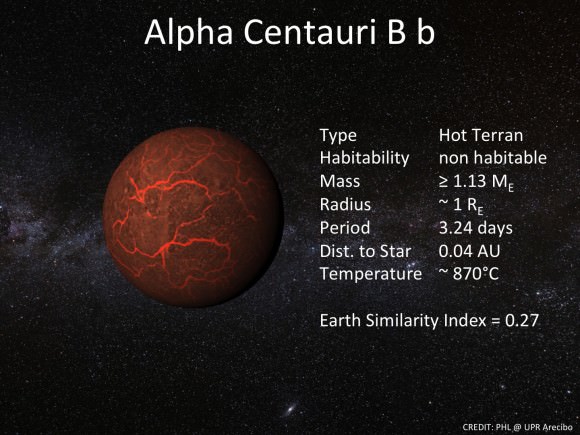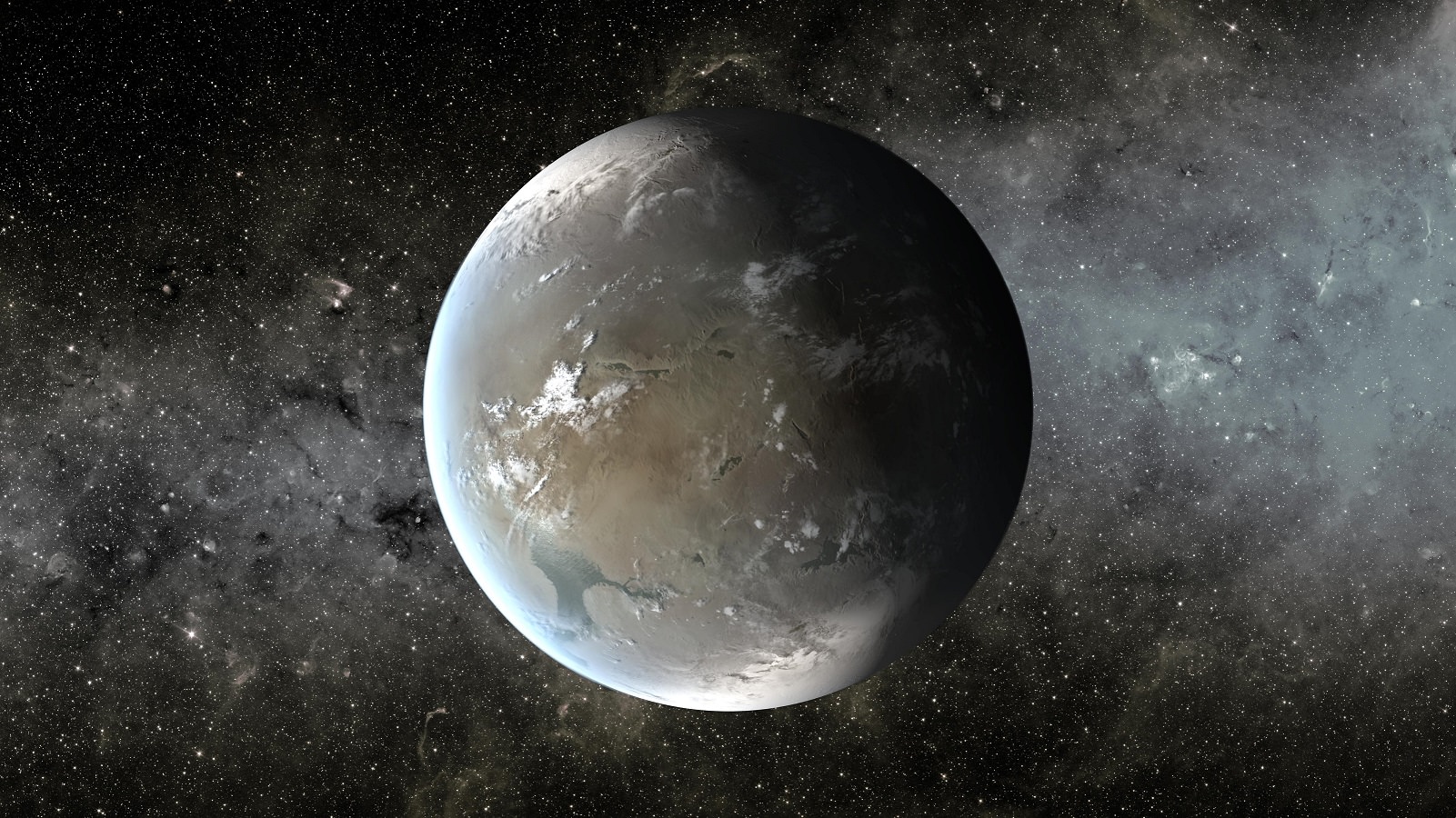Alien planets that are slightly bigger than Earth could be more life-friendly than exoplanets closer to our own size, a new study implies. These so-called “super-Earths” that are about two to three times that of our own planet could be “superhabitable” — implying that our own planet is a rare bird indeed when it comes to being good for life.
Bigger rocky planets would have a host of advantages, argue McMaster University’s Rene Heller and Weber State University’s John Armstrong in a paper recently published in Astrobiology. Among them: These worlds would have tectonic activity that takes longer to happen, meaning that the conditions would be more stable for life. Also, a bigger mass implies it’s easier to hang on to a thick atmosphere and to have “enhanced magnetic shielding” to hold a planet’s own against solar flares.
“Our argumentation can be understood as a refutation of the Rare Earth hypothesis. Ward and Brownlee (2000) claimed that the emergence of life required an extremely unlikely interplay of conditions on Earth, and they concluded that complex life would be a very unlikely phenomenon in the Universe,” stated the authors in their paper “Superhabitable Worlds.”

“While we agree that the occurrence of another truly Earth-like planet is trivially impossible, we hold that this argument does not constrain the emergence of other inhabited planets. We argue here in the opposite direction and claim that Earth could turn out to be a marginally habitable world. In our view, a variety of processes exists that can make environmental conditions on a planet or moon more benign to life than is the case on Earth.”
As a start, the scientists suggest looking at the Alpha Centauri system, where researchers in 2012 discovered a planet close to Earth’s size that is likely not habitable because it orbits so close to its sun.
The star system, however, is about the right age and has low enough radiation to allow life to occur on a planet or moon that “evolved similarly as it did on Earth”, providing the planet or moon “had the chance to collect water from comets and planetesimals beyond the snowline.” Further, it’s just four light-years from Earth, making it a good target for telescopic observations.
You can read more details of their research in Astrobiology or in preprint version on Arxiv.


time to make a lot of very short duration photograhps and stack ‘m in Photoshop. Short enough that A.Cent.B doesn’t overwhelm A.Cent.Bb. Enough photographs to get some photons from the planet … shall we name it Vulcan? ..
Very interesting read. It has been said that there could be a couple million planets in our galaxy alone that may have the capability (temperature wise) to sustain life. Thanks for the read!
Hmmm.. A bigger planet with a deeper gravity well would make it harder to achieve orbital velocity… BIG rockets…..?
A very similar point was made in 2009. I’d be interested in a summary of what this new research tells us that isn’t in the old research I just linked to.
i wonder if anyone can expand upon “While we agree that the occurrence of another truly Earth-like planet is trivially impossible…” What do they mean by trivially impossible?
Did anyone actually READ the article. The graphic shows a hell hole with a orbital period of 3.24 DAYS and a surface temperature of over 800C. Then the next to the last paragraph says, “As a start, the scientists suggest looking at the Alpha Centauri system, where researchers in 2012 discovered a planet close to Earth’s size that is likely not habitable because it orbits so close to its sun.” DUH !!!
I know sensation sells,but this is supposed to be science, after all.
Another paper extending the HZ…inward
“We explore the minimum distance from a host star where an exoplanet could potentially be habitable in order not to discard close-in rocky exoplanets for follow-up observations. We find that the inner edge of the Habitable Zone for hot desert worlds can be as close as 0.38 AU around a solar-like star, if the greenhouse effect is reduced (? 1% relative humidity) and the surface albedo is increased. We consider a wide range of atmospheric and planetary parameters such as the mixing ratios of greenhouse gases (water vapor and CO2), surface albedo, pressure and gravity. Intermediate surface pressure (?1- 10 bars) is necessary to limit water loss and to simultaneously sustain an active water cycle. We additionally find that the water loss timescale is influenced by the atmospheric CO2 level, because it indirectly influences the stratospheric water mixing ratio. If the CO2 mixing ratio of dry planets at the inner edge is smaller than 10?4, the water loss timescale is ?1 billion years, which is considered here too short for life to evolve. We also show that the expected transmission spectra of hot desert worlds are similar to an Earth-like planet. Therefore, an instrument designed to identify biosignature gases in an Earth-like atmosphere can also identify similarly abundant gases in the atmospheres of dry planets. Our inner edge limit is closer to the host star than previous estimates. As a consequence, the occurrence rate of potentially habitable planets is larger than previously thought.
http://arxiv.org/pdf/1304.3714.pdf